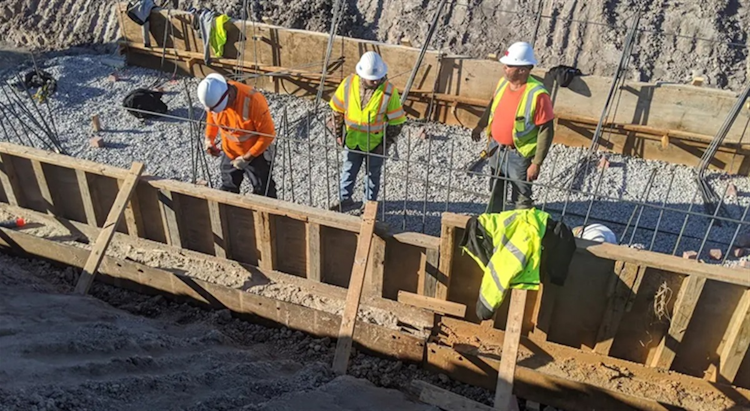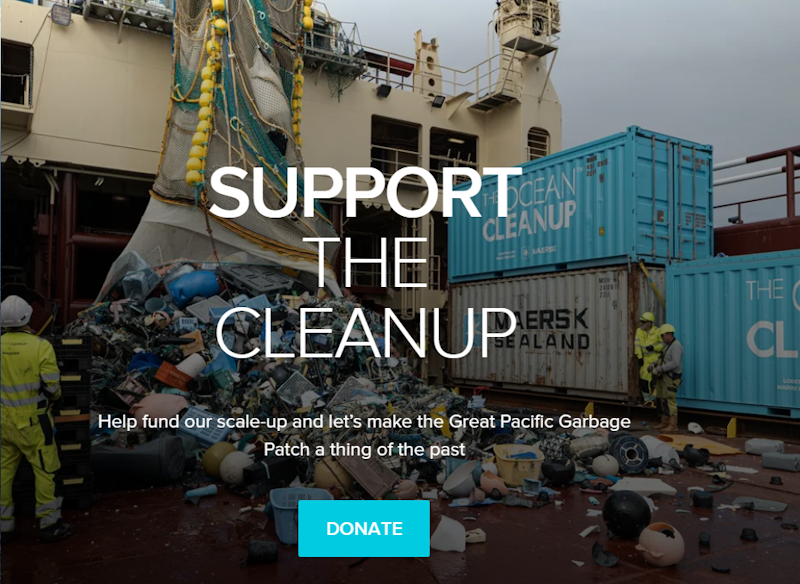What is Construction Waste
Construction waste, often overlooked in discussions about environmental management, nevertheless represents a major issue in the Construction and Public Works sector. Waste transportation and final treatment are additional challenges for many companies.
Did you know? The construction sector generates no less than 346 million tons of waste per year. It is estimated that 85% comes from deconstruction and rehabilitation work.
Construction transport
Definition, role, responsibility: everything you need to know about transportation in the construction industry!
What are the different categories of waste on a construction site
First of all, this waste is defined as any residue produced by construction, renovation, or demolition activities.
There are several categories.
Inert materials such as: concrete, soil and stones (which constitutes the majority), bricks, tiles and ceramics and glass.
This type of waste represents approximately 70% of all construction waste. If we look at their storage costs, the cost is between $15 and $30 per ton, excluding transportation and dumpster rental.
In a second category, we find non-hazardous but non-inert waste: wood, plastic, metals.
This represents 28% of construction waste. Its storage costs are higher than those for inert waste, at between $80 and $120 per ton.
And finally, the third category, and not the least, is hazardous waste, including: asbestos, polluted excavated soil, solvent-based paints and specific varnishes or glues.
This is the rarest type of construction waste, representing 1.5% of all construction waste. However, it is the most expensive to process, costing between $200 and $1,200 per ton.
What are the impacts of construction waste
The environmental impact
It is considerable! Not only does construction waste occupy a significant volume in landfills (sometimes brought by dumpster rentals), but its inadequate treatment can also lead to soil and groundwater contamination.
The lack of effective sorting and recycling leads to a waste of valuable resources, thus exacerbating the sector’s ecological footprint. This is why federal regulations were implemented in 2021.
Federal Regulations
EPR stands for Extended Producer Responsibility (EPR) for building construction products and materials. It is a waste management system that requires entities that market building products, thus generating waste, to process and recover them. This requires waste-producing companies to assume financial responsibility for their disposal.
Economic Impact
Economically, inefficient construction waste management generates additional costs for construction companies, particularly in terms of disposal costs and potential penalties for non-compliance with environmental regulations.
This is all the more unfortunate when you consider that optimized management can turn into an economic opportunity, thanks to the recovery of recyclable materials and innovation in treatment and reuse methods.
Regulations in force for construction site waste
Construction site waste management is governed by a set of strict regulations, constantly updated to address environmental and sustainable development issues.
These regulations, both federal and local, impose precise standards concerning the collection, sorting, transportation, treatment, and recovery of waste from construction sites.
Laws governing construction site waste
Current legislation goes beyond simply banning environmentally harmful waste management methods, such as landfilling or incineration on construction sites. It now aims to achieve more ambitious targets for recycling and reducing the volume of waste sent to landfills.
This is part of the National Low-Carbon Strategy and the American economy’s transition to more sustainable and environmentally friendly practices. In 2021, the Government strengthened its commitment in this area with the adoption of new laws (anti-waste law for a circular economy), introducing new requirements for waste management and dumpster rentals.



